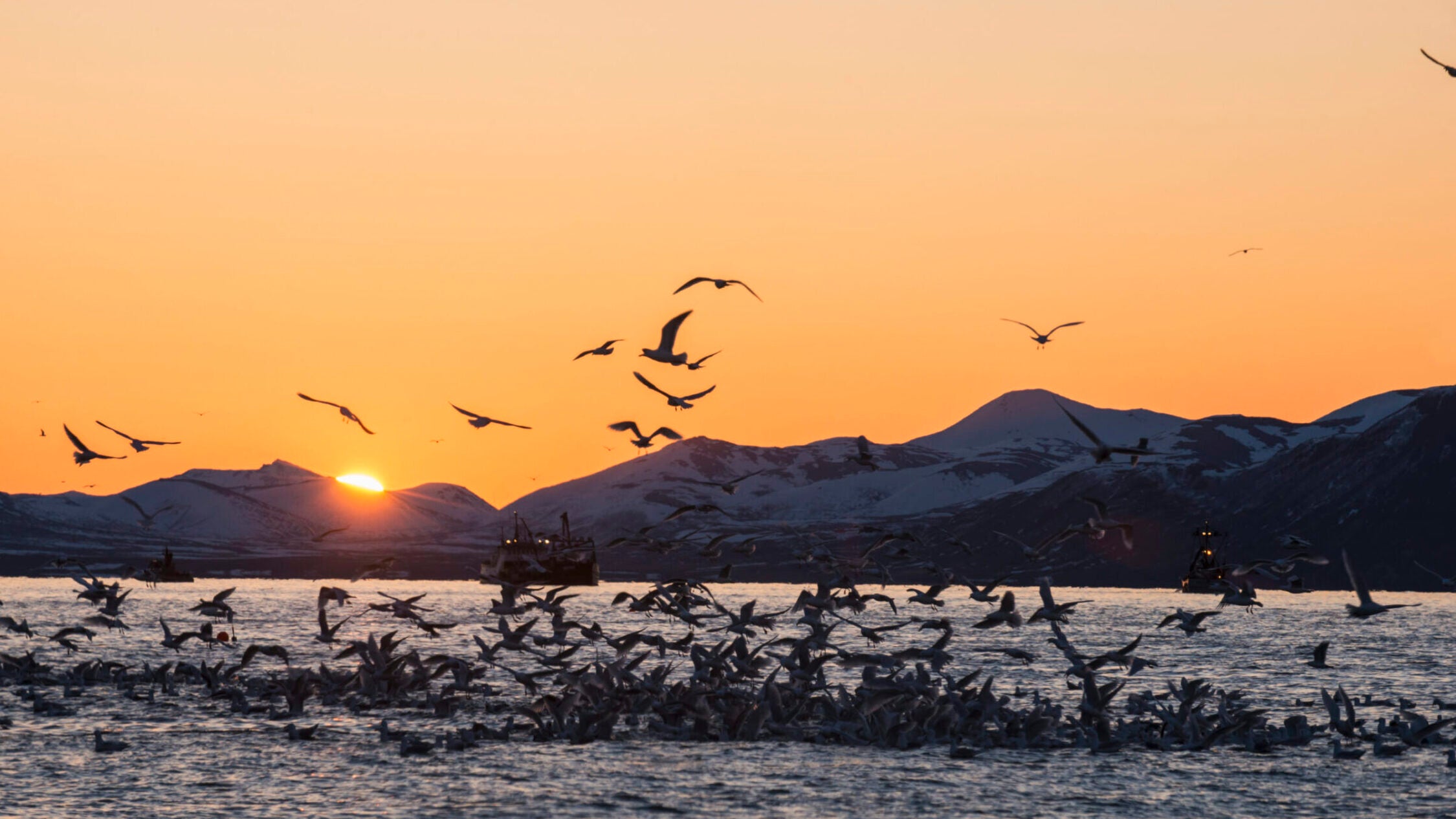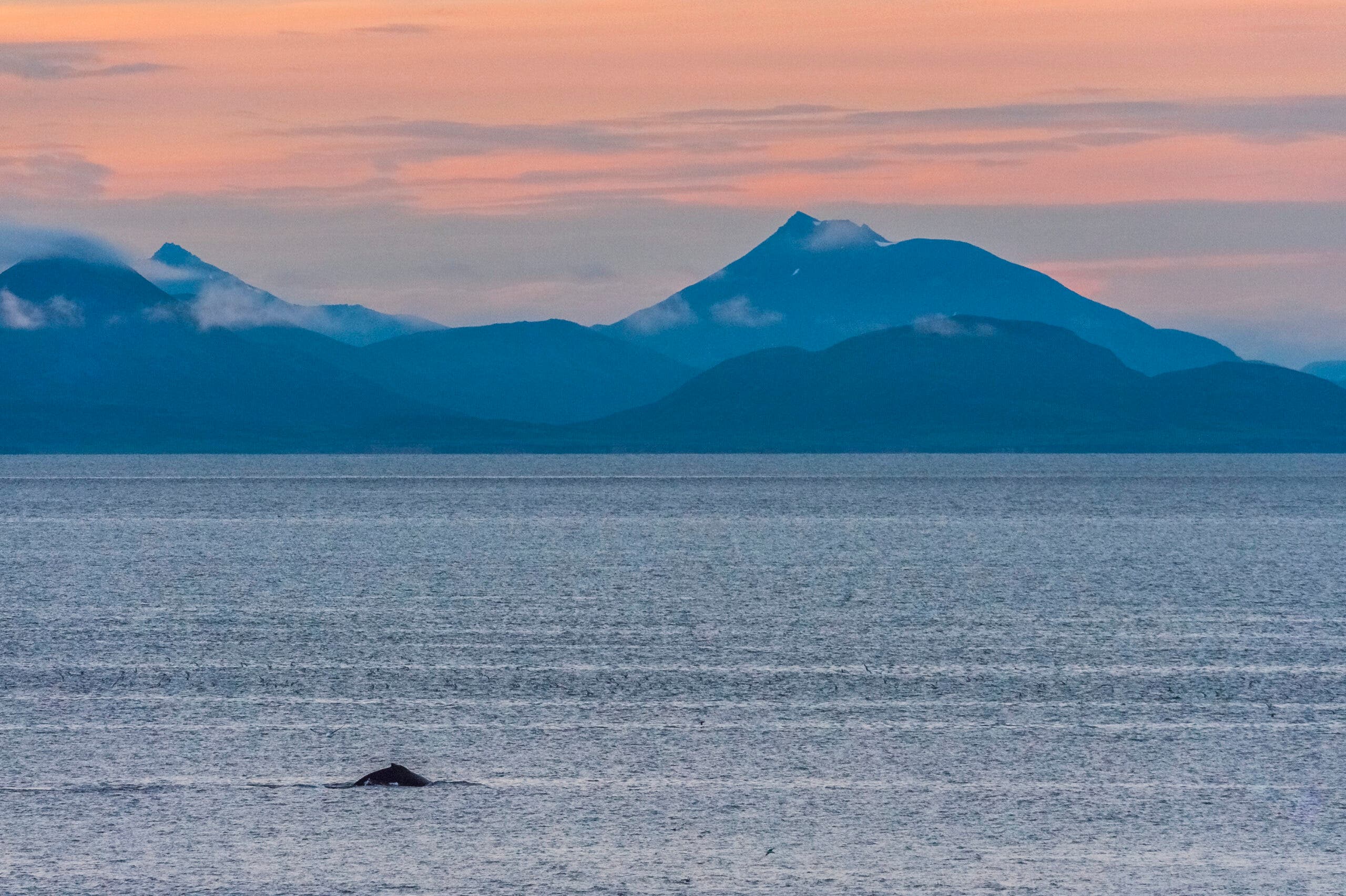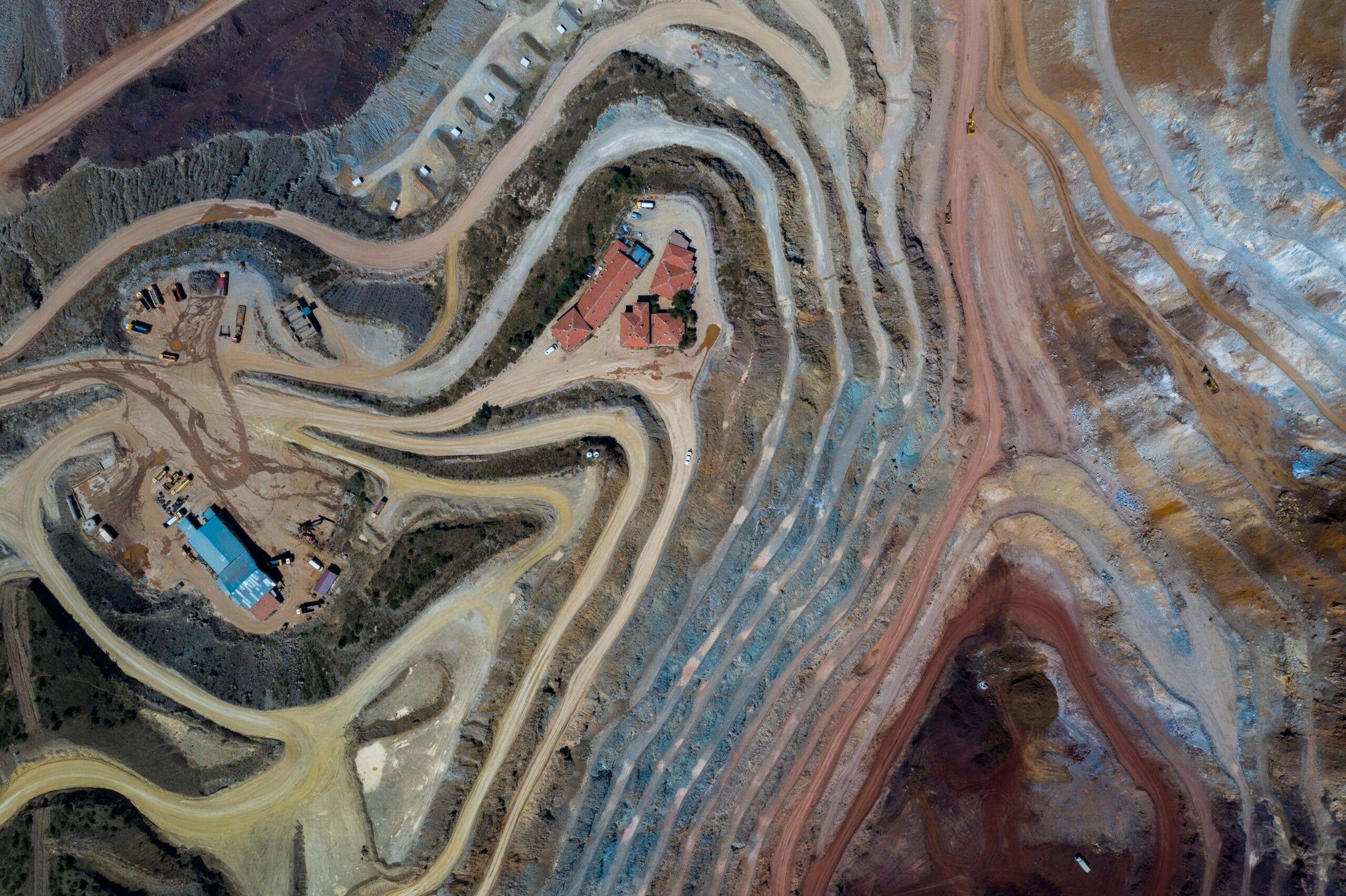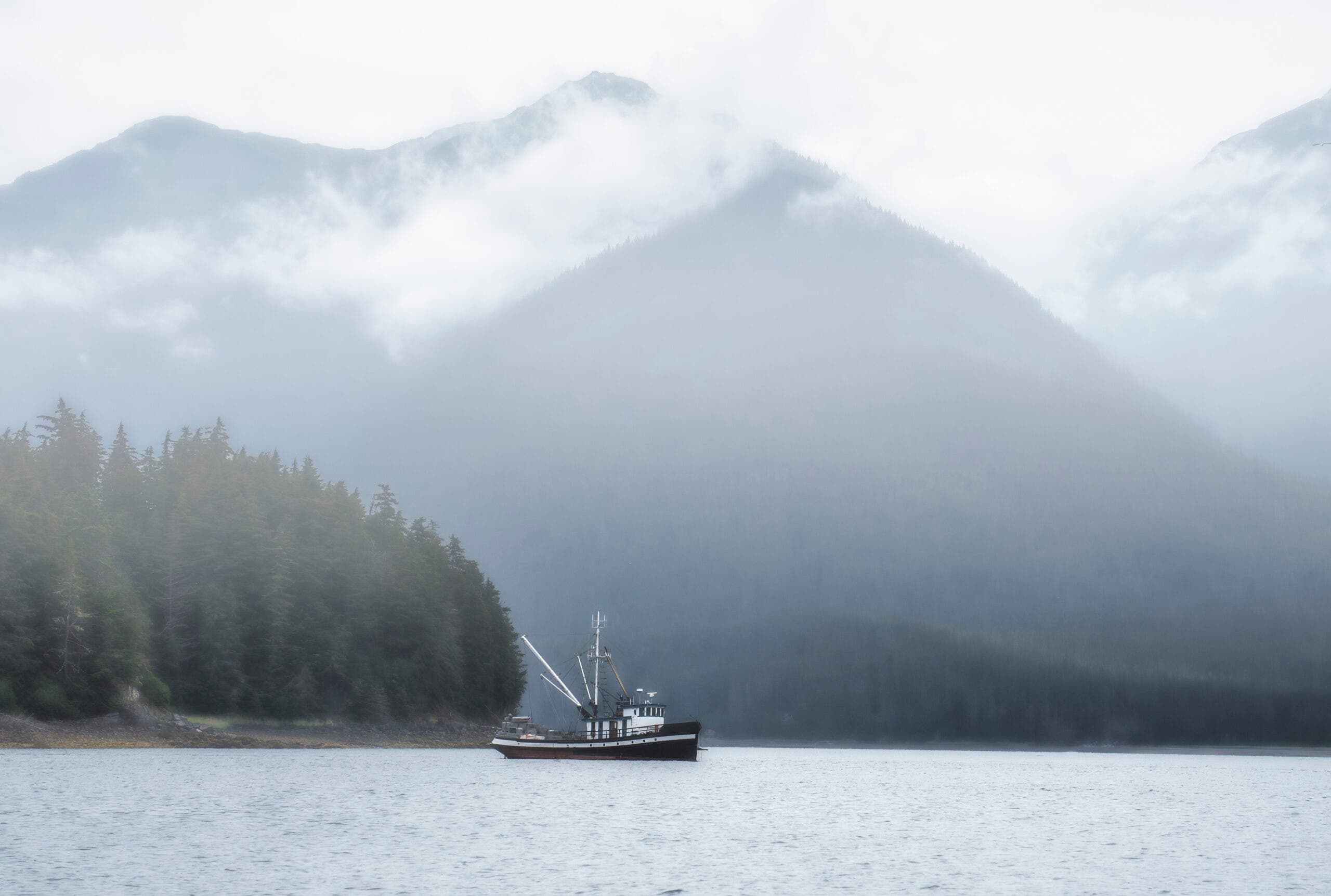The EPA Just Blocked Bristol Bay's Proposed Pebble Mine. Here's Why it Matters.

(Photo: Carl Johnson/Design Pics via Getty Images)
After two decades of legal wrangling, the EPA asked a court to restore environmental protections to Alaska’s Bristol Bay last week, shutting down a proposed gold mine that environmental activists contended would wreak havoc on an important salmon run and pollute an important watershed on the state’s southwestern coast. The agency made the ruling in response to a lawsuit brought by the mine’s opponents, including commercial fishermen, several Bristol Bay Native villages, and environmental organizations, putting an end to a controversy that dates back to the discovery of minerals in the region in the late 1980s.
You’ve probably heard Bristol Bay mentioned in the news over the last few years, or even seen a car sporting a “No Pebble Mine” sticker. But thanks to the area’s relative remoteness, many outdoor lovers may have a difficult time understanding exactly what made this project such an environmental flashpoint—and even an international issue at times.
What is Bristol Bay, and Why is it Important?

Bristol Bay is the 248-mile-long easternmost arm of the Bering Sea, located in Southwest Alaska. It’s fed by several rivers, including the Kvichak and Nushagak, whose headwater regions hold the Pebble Deposit–a combination of gold, copper, and molybdenum worth an estimated 500 billion dollars. Besides being the site of several Alaska Native villages, some of that area is important habitat for both wildlife and hikers, with Katmai National Park—famous for it’s salmon-fed Fat Bears—just next door. Its watersheds support almost 200 species of birds and 40 different land animals.
What really makes Bristol Bay special, though, is the salmon. All five species of Pacific salmon live and reproduce in Bristol Bay and its surrounding rivers, and the bay supports the world’s largest sockeye salmon run. At a yearly average of 37 million fish, the Bristol Bay sockeye run contains about 46% percent of all wild sockeye in the world, supporting a several-billion-dollar fishery industry that supports over 11,000 jobs. The salmon also provide over half of the subsistence harvest by the 25 Alaska Native communities in Bristol Bay. The salmon are what make this mine more than a local issue: Nearly ⅓ of Bristol Bay commercial fishing permits are held by Washington State residents, with several more held by fishermen from other parts of the lower 48, and the seafood industries in their respective regions rely on the Bristol Bay catch. Because of the size and concurrent ecological importance of the Bristol Bay salmon runs, the destruction of the fish population could send shockwaves through ocean ecosystems that span several countries.
What is the Pebble Mine?

The proposed Pebble Mine would be an open-pit mine covering a square mile of ground with the pit alone. It would generate acidic and toxic materials that would have to be contained in tailings ponds, and require the construction of several roads, a natural gas pipeline, water treatment facilities, and a power plant. Transport of the mined ore would require construction of at least one deepwater port, and the incoming ships would need to navigate some of the most dangerous waters in the world, with major tide swings, strong currents, and constantly changing shoals, risking ecological and human disaster if they founder. If constructed, the mine would be the largest of its kind in North America.
The company behind the mining proposal, the Pebble Partnership, has faced several challenges to its construction timeline and projected profits, as well as a scandal last year when top executives in the company were recorded discussing their plans to expand the mine far beyond what they claimed on their permit application and applauding their influence over lawmakers and regulators involved in the permit process.
Mining Impact

In a statement on the EPA’s decision last week, EPA Administrator Michael Regan said that the protection of Bristol Bay would “prevent pollution that would disproportionately impact Alaska Natives, and protect a sustainable future for the most productive salmon fishery in North America”. A 2014 EPA report on the possible effects of the Pebble Mine found that it would cause irreversible damage to the region’s salmon, both from the damage construction would cause to the wetlands in the river systems and the likelihood of a major failure in the mine systems that would result in serious pollution. The Army Corps of Engineers Final Environmental Impact Statement (FEIS) for the project, finished in 2020, denied the permit application on the grounds that it “would likely result in significant degradation of the environment and … significant adverse effects on the aquatic system,” and did not comply with the Clean Water Act. Last Thursday’s move by the EPA to protect Bristol Bay under the Clean Water Act was in line with the findings of both agencies. While nothing so far prevents the mining companies from going through the permitting process again to attempt to establish the mine, the decision appears to be the Biden administration’s first step towards establishing permanent protections for the area.